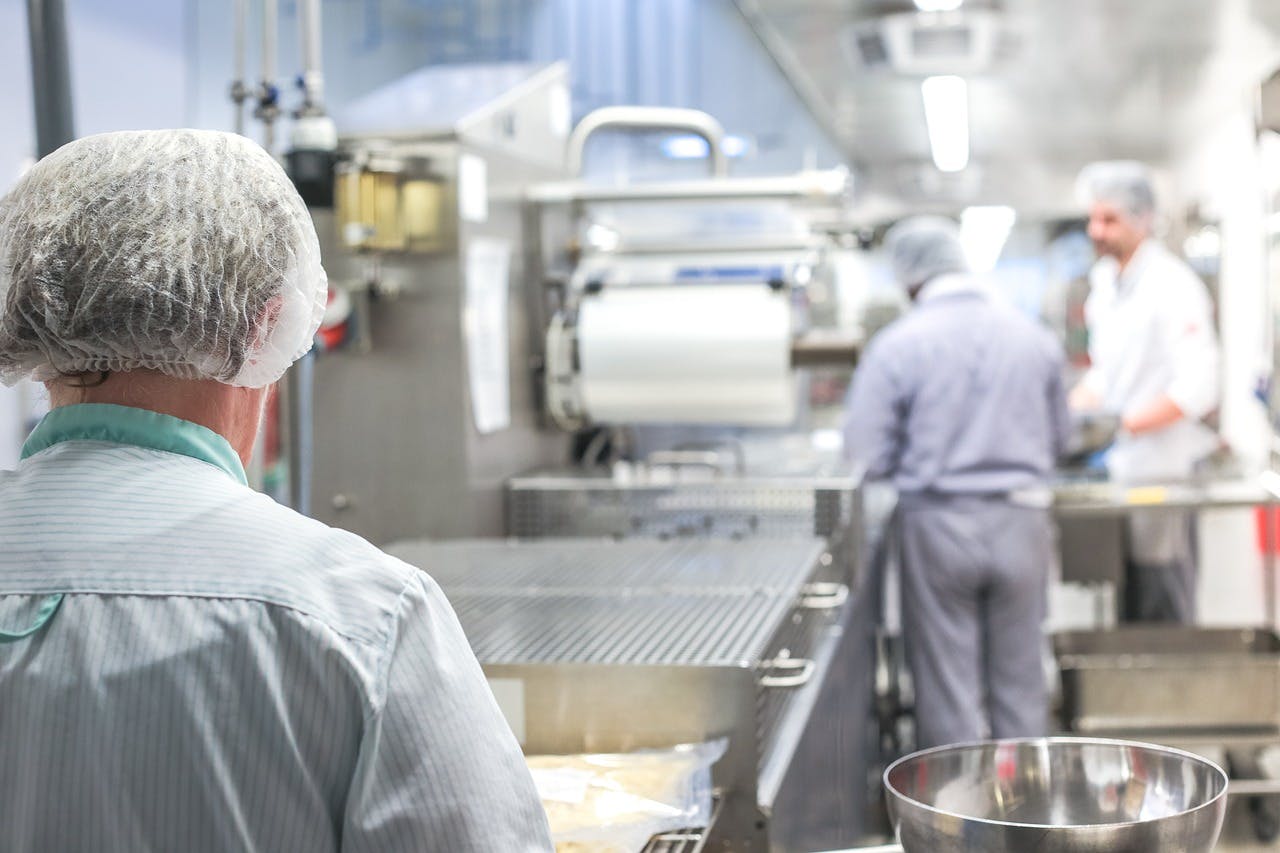Food processors were met with incredible challenges in 2020. New policies and procedures needed overnight creation and implementation. The need for social distancing brought a brand new difficulty, as did mandatory lockdowns.
Now that we’re entering the second year of the pandemic, and it’s winding down in many parts of the world, how will the food processing industry react to new consumer demands, regulations, and ongoing hurdles?
Today, we’re going to discuss food processing industry trends that are already shaping the way food processors operate.
1. Increased Emphasis on Safety Standards
The food processing industry is a truly essential industry, but 2020 was a year of tight restrictions that needed to be adhered to for the safety of employees and customers alike.
Many of these precautions remain in place, even as vaccines are successfully rolling out. By the end of 2021, many of these restrictions are expected to be relaxed, allowing food processors to start relaxing social distancing limits. This directly means bringing more workers back to the floor.
However, food processors should expect to have a plan in place to document the health of workers before they return. Additionally, safety standards should remain elevated for the protection of workers and the safety of the product.
Embracing technology like digital inspections and quality control audits allows for documentation and monitoring of safety protocols, greatly aiding companies in successfully remaining safe as restrictions relax.
2. Renewed Focus on Sustainability
Consumers want to know that they aren’t killing the planet just because they need to eat. According to a recent survey conducted by the International Food Information Council, 54% of survey respondents indicated that sustainability is very or somewhat important.
Food processors can respond by embracing and discussing new sustainability practices. Even though the global food industry isn’t the biggest cause of greenhouse emissions, it’s still creating 3.3 billion tonnes of CO2 every year, based on a report released by the U.N. Food and Agricultural Organisation. Without a doubt, one of the most important trends in the food processing industry is creating sustainable practices and letting the world know about them.

3. Just-in-Case Replaces Just-In-Time
Before the pandemic, both food processors and many consumers embraced the just-in-time philosophy, from supply chains to shopping habits. As we’ve all seen, a disruption like a pandemic shows the weakness of this philosophy firsthand.
Now, it’s likely that there will be a massive shift away from just-in-time, and replacing it with just-in-case. That means having more than you need, just in case you can’t renew your inventory as expected. Of course, this means a massive overhaul in supply chain logistics and creates a need for more storage space. Companies that take the time to switch to the just-in-case mindset will be more resilient to any future disruptions.
4. Even More Investments in Automation
Software and hardware that enable food processing automation will be in high demand for 2022. One of the major reasons for this demand is the lack of workers that many regions are experiencing. Additionally, an increasingly automated food processing plant will be resistant to any future restrictions on social distancing or similar policies.
However, companies should not rush into automation. It should be carefully approached and enacted, with special concern paid to the workers that are being replaced. Consider what role they might play elsewhere in the company.
5. Increased Need for Food Label Transparency
Increased focus on food labels is unsurprising, but an important trend that’s been in motion for years. Now that there’s increased attention on eating healthy and sustainability, food labels allow processors to showcase the efforts that they’ve undertaken.
Consumers now want to understand more than just what’s in their food; they want to know where it came from. Showing sourcing information near food labels increases trust and will help companies earn customers.
Food labels should serve as an opportunity to show all of the hard work that the company has put into meeting new consumer demands.

New Challenges Mean New Solutions
We saw countless new innovations arise to meet the challenges of the pandemic. Some of these innovations may not last, but many of them have helped advance the food processing industry by accelerating meaningful trends.
Companies that hold on to useful solutions, and create new ways to enact emerging technologies related to the above trends, will be poised for success.
Are you looking to integrate some of these trends into your workflows? With the monitorQA inspection and audit platform, tracking mission-critical health and safety is easier than ever.
Book your demo today and see how we’re helping innovative companies like Taylor Farms make a difference.
last modified:09.17.24
Recent Posts

OSHA Ladder Safety 101: How to Meet OSHA Standards and Keep Your Workers Safe

Car Wash Safety: Regulations & Best Practices You Need to Know

Fall Hazards At Work: How To Keep Your Employees Safe

The High Price of Neglect: OSHA Violations and Penalties

Expert Advice on Preventing Workplace Electrical Hazards

Slips, Trips and Falls in the Workplace: Best Practices

HSEQ Audit: The Complete Guide

Keeping Up With Compliance Trends 2024

Improve Safety: Inspection Management Software Benefits

Promoting Safe and Productive Working Environments: Occupational Health & Safety Tips to Consider
